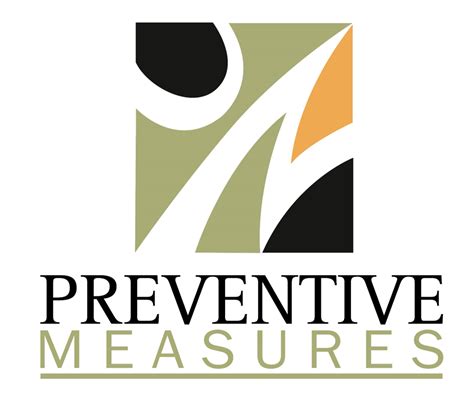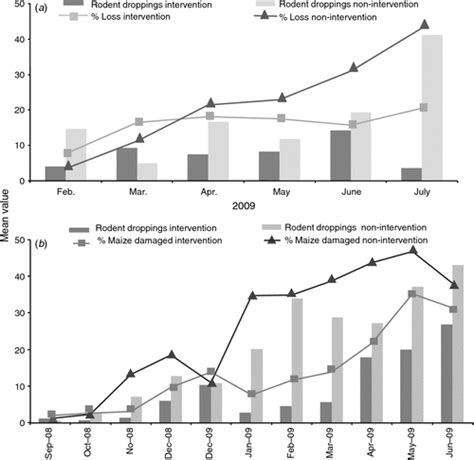Intro
Discover 5 ways to prevent pulmonary embolism, a life-threatening blood clot condition, by understanding risk factors, symptoms, and preventive measures like deep vein thrombosis treatment and blood thinners.
Preventing pulmonary embolism is a critical aspect of maintaining overall health, especially for individuals at high risk. Pulmonary embolism, a condition where one or more arteries in the lungs become blocked by a blood clot, can be life-threatening and requires immediate medical attention. Understanding the risk factors and taking preventive measures can significantly reduce the likelihood of developing this condition.
Pulmonary embolism often results from deep vein thrombosis (DVT), where a blood clot forms in the deep veins of the body, typically in the legs. This clot can break loose, travel through the bloodstream, and lodge in the lungs, causing a pulmonary embolism. The risk factors for pulmonary embolism include recent surgery, trauma, immobility, cancer, genetic predispositions to clotting, and certain medical conditions. Recognizing these risk factors is the first step in prevention.
The importance of prevention cannot be overstated, as pulmonary embolism can be asymptomatic until it becomes a medical emergency. Symptoms, when present, can include sudden and unexplained shortness of breath, chest pain that worsens with deep breathing, coughing up blood, and a rapid or irregular heartbeat. Given the severity of pulmonary embolism, proactive measures are essential for those at risk. This includes lifestyle modifications, medical interventions, and awareness of the signs and symptoms to ensure early detection and treatment.
Understanding Pulmonary Embolism

Risk Factors and Prevention
Prevention of pulmonary embolism starts with managing risk factors. For individuals with a history of DVT or pulmonary embolism, anticoagulant medications may be prescribed to prevent future clots. Lifestyle changes, including regular physical activity, maintaining a healthy weight, and avoiding prolonged periods of immobility, are also recommended. For those undergoing surgery, especially procedures that involve prolonged immobility, preventive measures such as the use of compression stockings or intermittent pneumatic compression devices may be employed.Preventive Measures

Lifestyle Modifications
Lifestyle modifications play a significant role in preventing pulmonary embolism. Regular exercise helps improve circulation and reduces the risk of clot formation. A healthy diet, low in salt and saturated fats, can help manage conditions like high blood pressure and heart disease, which are risk factors for pulmonary embolism. Avoiding smoking and limiting alcohol consumption are also crucial, as these substances can damage the cardiovascular system and increase the risk of clotting.Treatment and Management

Anticoagulant Therapy
Anticoagulant therapy is a cornerstone in the prevention and treatment of pulmonary embolism. Anticoagulants work by preventing the formation of new clots and stopping the growth of existing ones. They are particularly beneficial for individuals at high risk of pulmonary embolism, such as those with a history of DVT or pulmonary embolism, and for patients undergoing major surgery. The choice of anticoagulant depends on the individual's risk factors, medical history, and the presence of any conditions that may affect the drug's efficacy or safety.5 Ways to Prevent Pulmonary Embolism

Conclusion and Next Steps
Preventing pulmonary embolism requires a proactive approach that combines awareness, lifestyle modifications, and medical interventions. By understanding the risk factors and taking preventive measures, individuals can significantly reduce their risk of developing this condition. It is essential for those at risk to work closely with their healthcare providers to develop a personalized prevention plan. This plan may include regular check-ups, lifestyle changes, and, when necessary, anticoagulant therapy.What are the symptoms of pulmonary embolism?
+Symptoms of pulmonary embolism can include sudden and unexplained shortness of breath, chest pain that worsens with deep breathing, coughing up blood, and a rapid or irregular heartbeat.
How can I reduce my risk of pulmonary embolism?
+You can reduce your risk by staying active, maintaining a healthy weight, avoiding prolonged immobility, managing health conditions, and following medical advice regarding anticoagulant therapy.
What should I do if I suspect someone has a pulmonary embolism?
+If you suspect someone has a pulmonary embolism, call emergency services immediately. Pulmonary embolism is a medical emergency that requires prompt treatment.
In conclusion, preventing pulmonary embolism is a critical aspect of maintaining overall health, particularly for individuals at high risk. By combining lifestyle modifications, awareness of risk factors, and medical interventions, individuals can significantly reduce their risk of developing this condition. We invite readers to share their thoughts and experiences with preventive measures for pulmonary embolism and to take action by discussing their risk factors with their healthcare providers. Together, we can work towards reducing the incidence of pulmonary embolism and promoting healthier lives.
